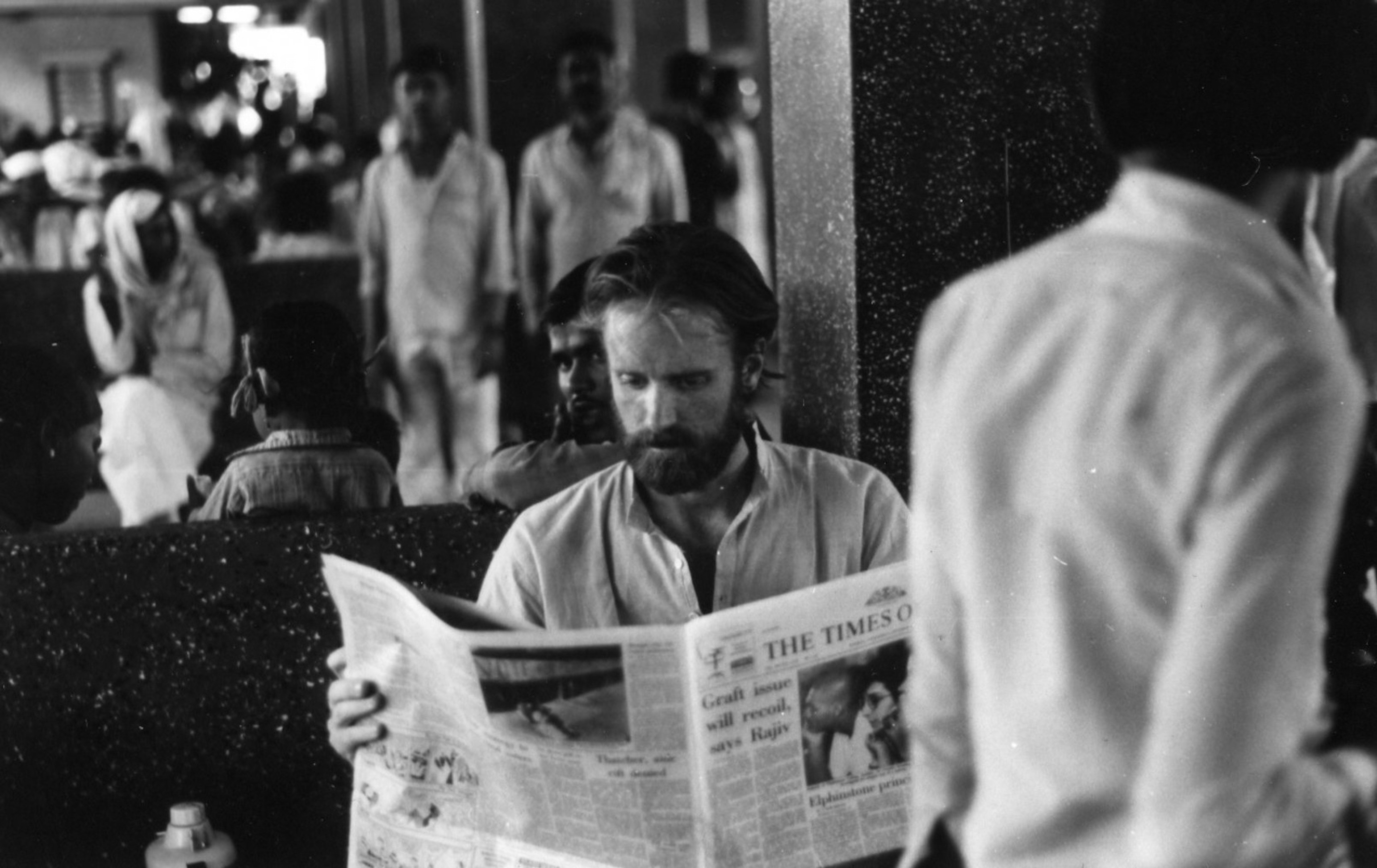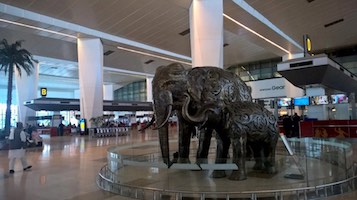
One of the most popular Indian novels of all ages, 'Ananda Math' was translated innumerable times into Indian and English languages. Five editions were published in Bengali and Hindi during the author's lifetime, the first in 1882. The novel has the backdrop of the 18th century famine in Bengal, infamous as "Chhiyattorer Manvantar" (famine of 76th Bengali year, 1276), to narrate the saga of armed uprising of the ascetics and their disciples against the pillaging East India Company rulers. The uprising is historically known as 'Santan Vidroha', the ascetics being the children of Goddess Jagadambe.
































 Sevanti Institute
Sevanti Institute Sevanti Wellness
Sevanti Wellness